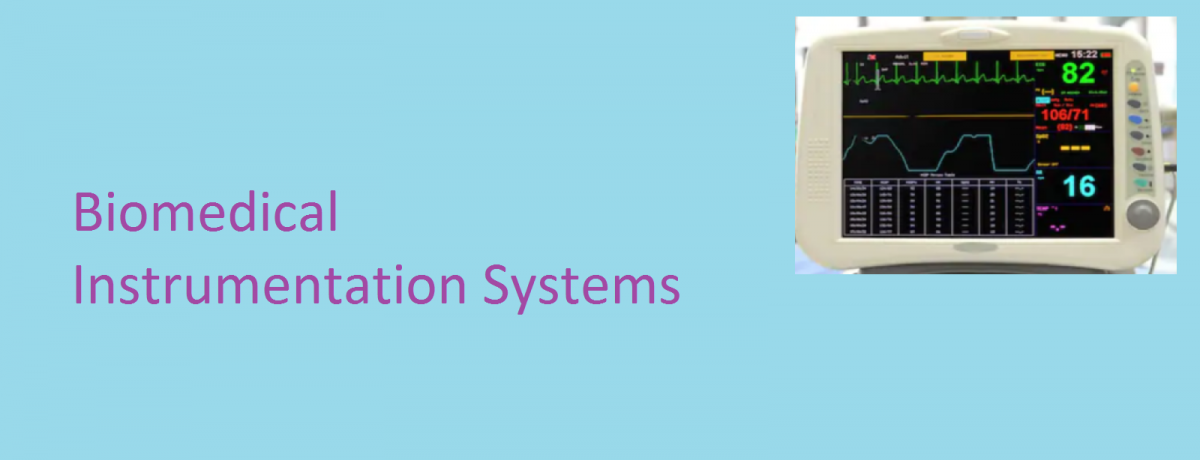Scintillation counters are basically made up of the following main components: a scintillation material (crystal), a photodetector (photomultiplier in this case) which is used to count flashes (scintillations) from the crystal and an electronic pulse forming and pulse height … Read More
Features of Modern MRI Scanners
Magnetic resonance imaging (MRI) is a medical imaging modality which employs magnetic fields and radio waves/radiofrequency (RF) energy to produces images of the body. This imaging technique is based on nuclear magnetic resonance (NMR), which is a quantum mechanical … Read More
What is Magnetoencephalography (MEG)?
Magnetoencephalography (MEG) is a form of neuroimaging that maps the tangential components of magnetic fields associated with scalp potentials produced by the brain. These potentials are similar to those that can be recorded as electroencephalograms (EEGs) however the dynamic magnetic … Read More
What is Functional MRI (fMRI)?
Features of an ECG Wireless Telemetry System
The advancement in technology has made it possible where necessary to monitor subjects from some distance using wireless telemetry. The biological parameter commonly studied this way is the electrocardiogram. The display of ECG and cardiac rates gives enough information … Read More
Types of Spirometers & Technologies used
Spirometer is the instrument used to measure lung capacity and volume. The record obtained from spirometer is called a spirogram. There are a number of spirometers used in respiration volume measurements. In this article, we look at general types of … Read More
Dispersive Spectrophotometry Chemical Analysis Technique
Dispersive spectrometry (DS) methods make up a large number of ultraviolet, visible light and infrared spectroscopy systems. DS refers to the fact that the light or electromagnetic radiation passed through the sample (analyte) must pass through a monochromator either before … Read More
Features of Microprocessor-Based ECG Systems
Microprocessors have been used in electrocardiographs to obtain certain advanced features like the elimination of artefacts, baseline shifting, and so forth using software techniques. In this article, we look at some of the key features of microprocessor-based ECG systems … Read More
The Principle & Applications of Confocal Imaging
Confocal imaging (CI) is based on illuminating a single point on the sample and collecting scattered light from the same point of the sample. The illumination point on the sample is the image of the illumination pinhole and is imaged … Read More


